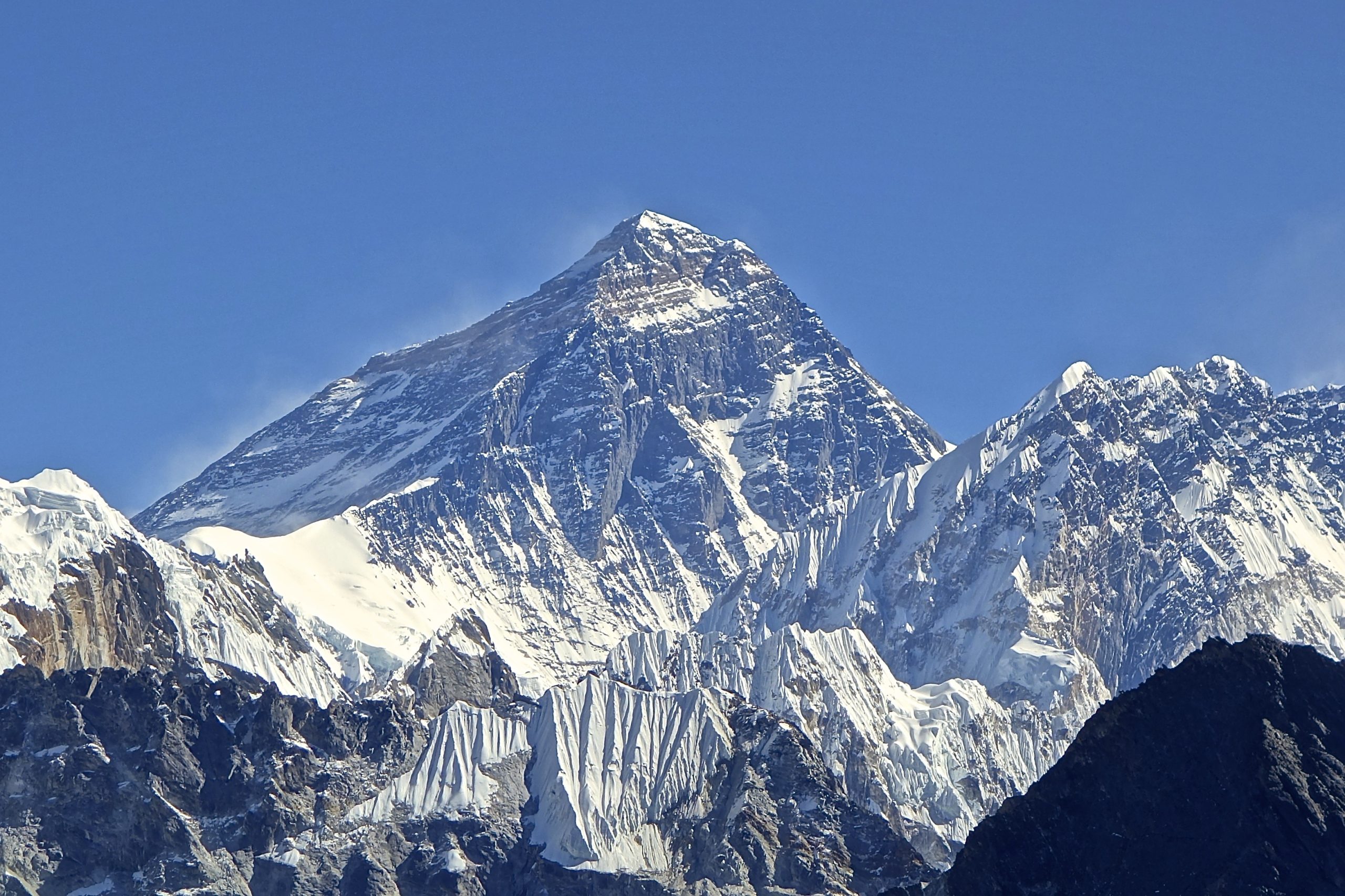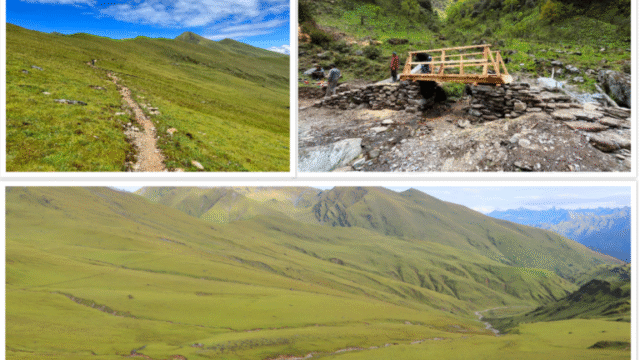Nepal, renowned for its towering Himalayan peaks and vibrant culture, offers some of the world’s most thrilling trekking experiences. Among the most sought-after are the Everest Base Camp (EBC) and Annapurna Circuit treks. Understanding the best times to visit these destinations is crucial for ensuring an optimal trekking experience. This detailed guide explores the ideal seasons for trekking to Everest Base Camp and the Annapurna Circuit, considering weather patterns, trail conditions, and visitor experience.
Everest Base Camp Trek
The Everest Base Camp trek, one of Nepal’s most iconic routes, takes trekkers through the heart of the Khumbu region to the base of Mount Everest. The trek’s allure lies in its breathtaking landscapes, including snow-capped peaks, glacial moraines, and vibrant Sherpa villages. To fully enjoy this adventure, timing is essential.
- Spring (March to May): Spring is arguably the best time to trek to Everest Base Camp. The weather is relatively stable, with clear skies and moderate temperatures. Daytime temperatures in the lower altitudes range between 10°C to 15°C (50°F to 59°F), while nights can be chilly but manageable. This season also boasts the least chance of snowfall and clear views of Everest and surrounding peaks. Additionally, spring is the peak season for trekking in Nepal, which means the trails and lodges are bustling with fellow trekkers, creating a lively atmosphere. However, be prepared for higher costs and increased crowds.
- Autumn (September to November): Autumn is another excellent time for the Everest Base Camp trek. The weather is stable, with minimal rainfall and clear skies, offering spectacular mountain views. Daytime temperatures are slightly cooler than in spring, ranging from 5°C to 10°C (41°F to 50°F), and nighttime temperatures drop below freezing, especially at higher altitudes. Autumn’s advantage is the reduction in crowds compared to spring, providing a more serene trekking experience. The moderate temperatures and clear skies make it an ideal period for photography and enjoying unobstructed views of the Himalayas.
- Winter (December to February): Winter trekking to Everest Base Camp is possible but less popular due to the harsh conditions. Temperatures drop significantly, often reaching -20°C (-4°F) or lower at higher altitudes. Snowfall can be frequent, leading to challenging trail conditions and potential delays. However, if you’re prepared for extreme cold and less crowded trails, winter trekking can offer a unique and tranquil experience. It’s important to be well-equipped with proper gear and to be prepared for the possibility of flight delays due to weather conditions.
- Monsoon (June to August): Monsoon season is generally the least favorable time for the Everest Base Camp trek. Heavy rainfall, frequent cloud cover, and the risk of landslides make the trails muddy and treacherous. The monsoon season can also lead to reduced visibility, limiting the spectacular views of Everest and the surrounding peaks. Trekkers who venture out during this time should be prepared for wet conditions and possible delays.
Annapurna Circuit Trek
The Annapurna Circuit is renowned for its diverse landscapes, ranging from lush subtropical forests to high-altitude deserts, and for crossing the Thorong La Pass, one of the highest trekking passes in the world. The timing of your trek can greatly impact your experience on this varied route.
- Spring (March to May): Spring is one of the best times to trek the Annapurna Circuit. The weather is generally warm and dry, with daytime temperatures ranging from 15°C to 20°C (59°F to 68°F) in the lower regions and colder temperatures at higher altitudes. The trails are usually free of snow, and the risk of landslides is minimal. The blooming of rhododendrons adds vibrant colors to the landscape, enhancing the trekking experience. Spring is also a peak season, so expect more trekkers on the trails and higher costs for accommodation and services.
- Autumn (September to November): Autumn is another optimal season for the Annapurna Circuit. The weather is stable, with clear skies and mild temperatures, ranging from 10°C to 15°C (50°F to 59°F) in lower altitudes and colder temperatures higher up. The post-monsoon season ensures that the trails are clear of rain-induced mud and landslides, providing excellent trekking conditions. Autumn also offers fewer crowds compared to spring, creating a more peaceful trekking environment. The clear skies provide outstanding views of the Annapurna and Dhaulagiri ranges.
- Winter (December to February): Winter trekking on the Annapurna Circuit is feasible, particularly in lower regions. However, the weather can be extreme, with temperatures dropping well below freezing at higher altitudes and the Thorong La Pass being prone to heavy snow and strong winds. Trekking in winter requires careful preparation, including high-quality cold-weather gear and a flexible schedule to accommodate potential delays. The trails are less crowded, and while the serene environment can be appealing, the extreme cold and potential weather-related challenges make this season less ideal for many trekkers.
- Monsoon (June to August): The monsoon season is the least favorable time for the Annapurna Circuit trek. Heavy rainfall can lead to muddy trails, landslides, and poor visibility. The increased risk of avalanches and landslides, particularly in the high-altitude sections, makes trekking during the monsoon season risky. Additionally, the constant rain can make the trek less enjoyable and lead to potential delays and difficulties in accessing remote areas.
Choosing the right time to trek to Everest Base Camp or the Annapurna Circuit can significantly enhance your trekking experience. For both destinations, spring and autumn offer the best weather conditions, with clear skies and moderate temperatures that ensure enjoyable trekking conditions and stunning views. Winter presents challenges due to extreme cold and snow, making it suitable only for well-prepared trekkers. Monsoon season is the least recommended due to heavy rains, muddy trails, and increased risks. By carefully planning your trek according to these seasonal insights, you can maximize your adventure and fully appreciate the natural beauty and cultural richness that Nepal has to offer.






